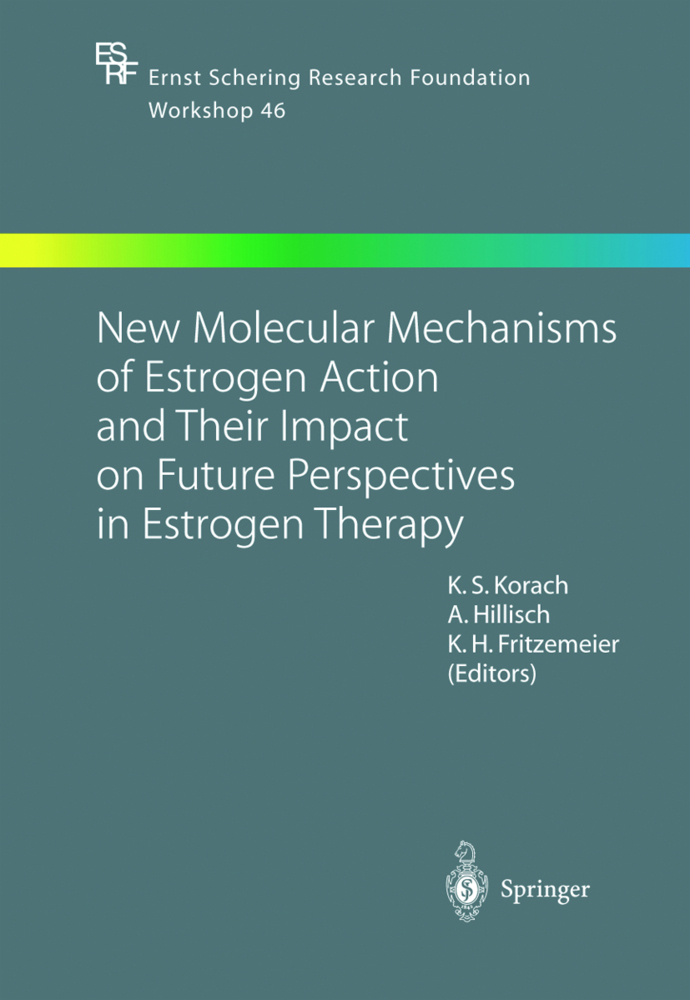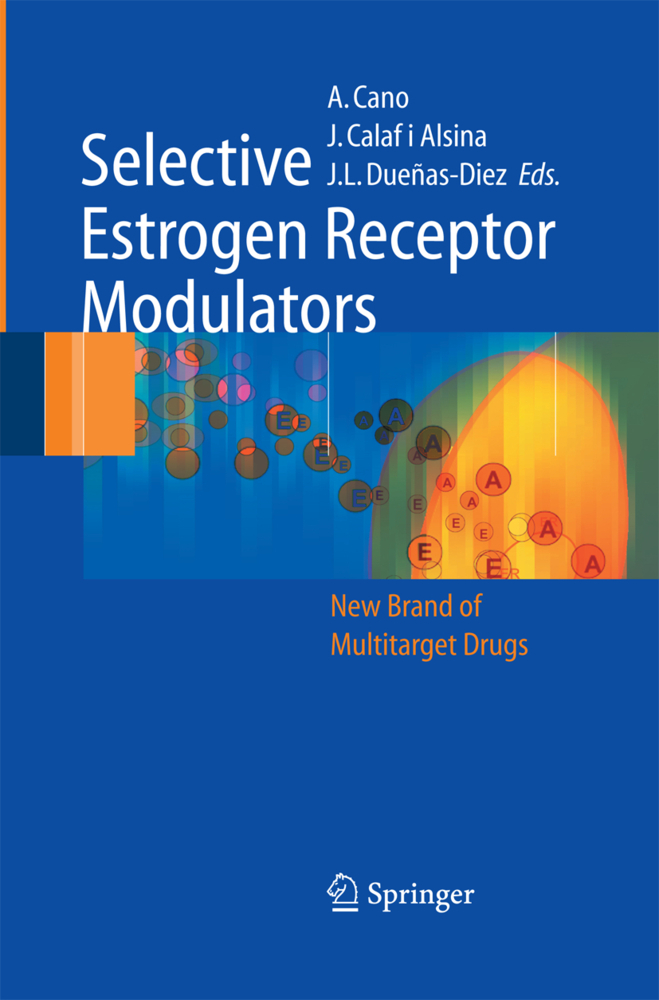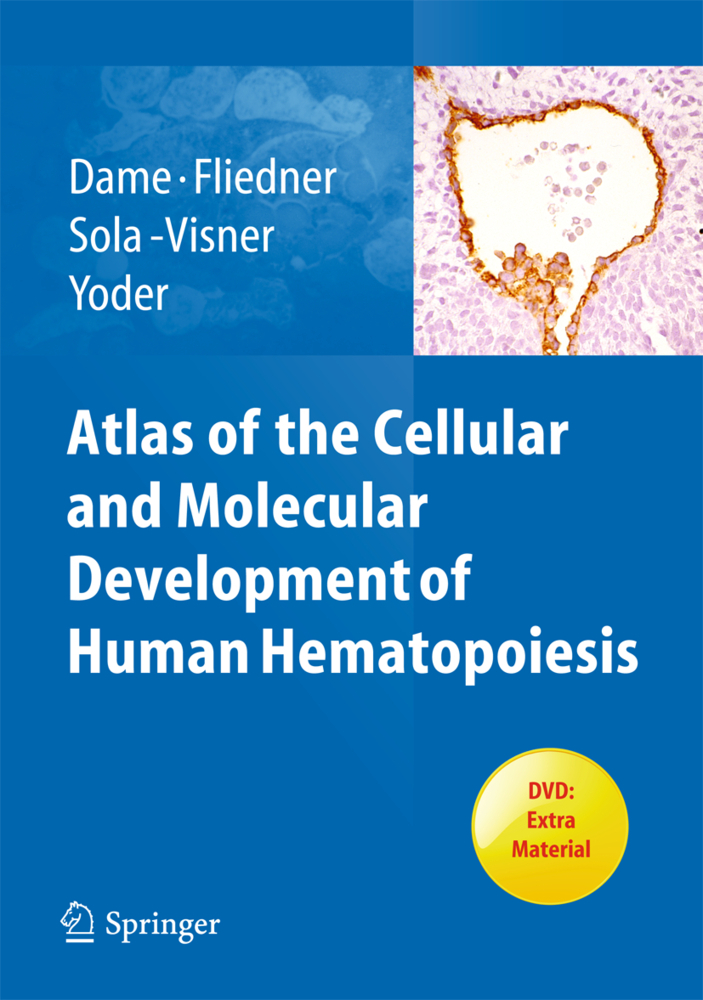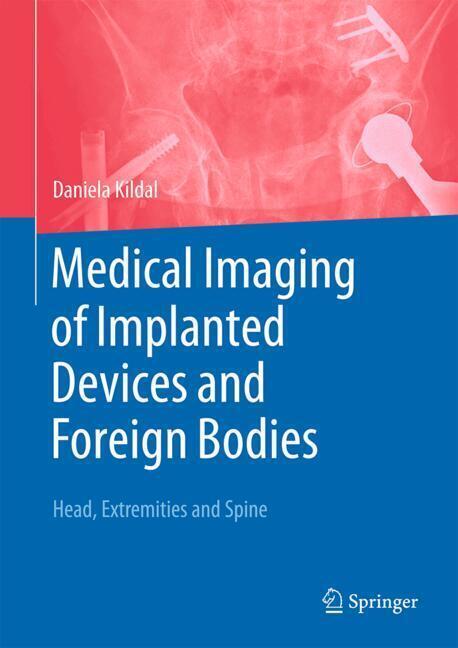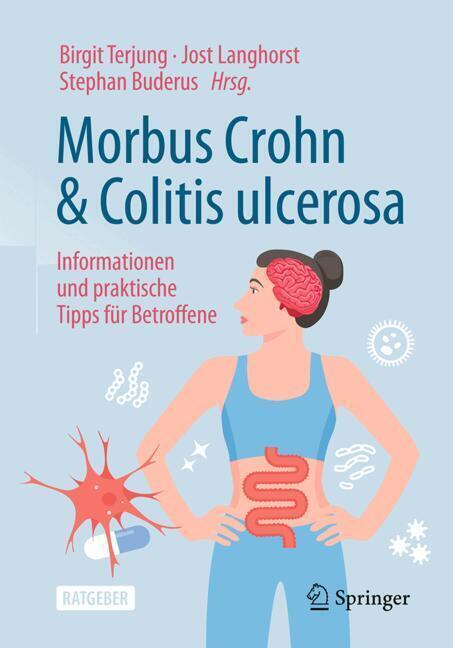New Molecular Mechanisms of Estrogen Action and Their Impact on Future Perspectives in Estrogen Therapy
New Molecular Mechanisms of Estrogen Action and Their Impact on Future Perspectives in Estrogen Therapy
From our current knowledge, it is obvious that estrogen action in volves more than reproduction and fertility. Rather, estrogens affect and influence a number of other organ systems such as the immune, cardiovascular and central nervous system as well as the gastrointes tinal tract, urinary tract and skeleton. The importance of estrogens and estrogen receptor activity is appreciated from the spectrum of significant physiological dysfunctions that occur when there is a loss The participants of the workshop VI Preface of the hormone or the receptor activity. Loss of estrogen, however (for instance during menopause), occurs with time and results in a variety of clinical conditions. We know that the developmental loss of estrogen, as seen in clinical cases of aromatase gene mutations and experimental models, has dramatic effects in both men and women alike. The evidence that these effects are mediated through the estrogen receptor(s) is based on similar but not always identical phenotypes as observed in experimental animal models of estrogen receptor mutations as well as the single clinical case of an estrogen receptor alpha mutant patient. Developing an understanding of the spectrum of estrogen in a variety of tissues related to the condition of estrogen loss is a major and highly active clinical as well as basic scientific research area. Following the discovery of a second estrogen receptor and possible receptor ligand-independent activity as well as the genomic and non genomic actions of estrogen, it is clear that the mechanisms of the effects of estrogen are multifaceted.
3 A Structural Explanation for ER?/ER? SERM Discrimination
4 Protein Structure-Based Design, Synthesis Strategy and In Vitro Pharmacological Characterization of Estrogen Receptor ? and ? Selective Compounds
5 How to Understand Estrogen Signaling from the Phenotypes of ERa and ERb Knockout Mice
6 Mechanisms of Estrogenic Effects on Neurobiological Functions
7 Role of Estrogens in the Male Reproductive Tract
8 Are Estrogens of Importance to Ovarian Function?
9 Biological Effects of ER? and ER? Selective Estrogens
10 The ERE-luc Reporter Mouse
11 Role of Estrogens in Ovarian Dysfunction and Fertility. Options for New Therapies with SERMs
12 Estrogens and Atherosclerosis
13 Hormone Replacement (Therapy): A Time for Interrogation, Information and Further Studies
Previous Volumes Published in This Series.
1 Estrogens: From Classical Endocrine Action to Tissue Selective Action
2 Identification of RIP140 as a Nuclear Receptor Cofactor with a Role in Female Reproduction3 A Structural Explanation for ER?/ER? SERM Discrimination
4 Protein Structure-Based Design, Synthesis Strategy and In Vitro Pharmacological Characterization of Estrogen Receptor ? and ? Selective Compounds
5 How to Understand Estrogen Signaling from the Phenotypes of ERa and ERb Knockout Mice
6 Mechanisms of Estrogenic Effects on Neurobiological Functions
7 Role of Estrogens in the Male Reproductive Tract
8 Are Estrogens of Importance to Ovarian Function?
9 Biological Effects of ER? and ER? Selective Estrogens
10 The ERE-luc Reporter Mouse
11 Role of Estrogens in Ovarian Dysfunction and Fertility. Options for New Therapies with SERMs
12 Estrogens and Atherosclerosis
13 Hormone Replacement (Therapy): A Time for Interrogation, Information and Further Studies
Previous Volumes Published in This Series.
Korach, Kenneth S.
Hillisch, Alexander
Fritzemeier, Karl H.
| ISBN | 978-3-540-40250-3 |
|---|---|
| Artikelnummer | 9783540402503 |
| Medientyp | Buch |
| Copyrightjahr | 2004 |
| Verlag | Springer, Berlin |
| Umfang | XVI, 214 Seiten |
| Abbildungen | XVI, 214 p. 94 illus., 12 illus. in color. |
| Sprache | Englisch |

